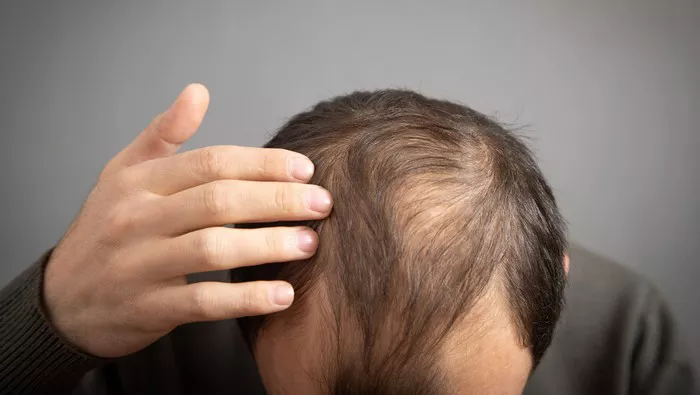Hair transplant surgery has become increasingly popular for individuals looking to restore their hair and regain their confidence. However, post-operative care is crucial for ensuring the success of the procedure and the health of your newly transplanted hair. One common concern for many patients is when they can safely wear a helmet after a hair transplant. This article will explore the factors influencing helmet use post-surgery, recommend guidelines for recovery, and provide tips for maintaining your new hair.
Understanding Hair Transplant Surgery
Before delving into the specifics of helmet use, it’s essential to understand what a hair transplant entails.
Types of Hair Transplants
There are two primary techniques for hair transplantation:
Follicular Unit Transplantation (FUT): This method involves removing a strip of skin containing hair follicles from a donor area, typically the back of the head. The hair follicles are then dissected and implanted into the balding areas.
Follicular Unit Extraction (FUE): In this minimally invasive method, individual hair follicles are extracted directly from the donor area and transplanted into the recipient area.
Both methods aim to achieve natural-looking results, but the recovery process may vary slightly depending on the technique used.
Recovery Timeline
Post-operative recovery is crucial for ensuring the success of your hair transplant. The recovery process typically includes:
Days 1-3: Initial swelling and redness around the transplant site.
Days 4-7: Scabs form and begin to fall off; patients may experience mild discomfort.
Weeks 2-4: Hair may start to shed (a normal part of the cycle) as the follicles enter a resting phase.
Months 3-6: New hair begins to grow as the transplanted follicles re-establish themselves in the scalp.
The Importance of Post-Operative Care
Proper post-operative care is essential for ensuring the success of your hair transplant. This includes:
Keeping the scalp clean: Follow your surgeon’s instructions for washing your hair and avoiding any irritants.
Avoiding direct sunlight: Protect your scalp from sun exposure to prevent damage to the healing skin and hair follicles.
Limiting physical activity: Engage in low-impact activities to avoid excessive sweating and strain on the scalp.
See Also: When Can You Eat Non-Vegetarian Foods After a Hair Transplant?
Wearing a Helmet After a Hair Transplant
Why is Helmet Use a Concern?
Wearing a helmet after a hair transplant raises several concerns:
Pressure on the Scalp: A helmet can exert pressure on the transplanted follicles, potentially damaging them during the critical healing phase.
Heat and Sweat: Helmets can trap heat and moisture, creating an environment conducive to infection or irritation.
Friction: The movement of the helmet can cause friction against the scalp, risking the dislodging of grafts.
Recommended Timeline for Helmet Use
While individual recovery times may vary, general guidelines suggest the following:
First Week: Avoid wearing any headgear, including helmets, for at least the first week after your hair transplant. This time is crucial for the initial healing of the grafts.
Weeks 2-3: You may gradually introduce light hats or beanies that don’t put pressure on the scalp. Ensure that they fit loosely and are made from breathable materials.
After 3 Weeks: Consult your surgeon before wearing a helmet. Most patients can safely wear a helmet after about 3-4 weeks, depending on individual recovery and the surgeon’s recommendations.
Factors Influencing Recovery
The timeline for wearing a helmet can vary based on several factors:
Type of Hair Transplant: Patients who undergo FUE may have a quicker recovery than those who have FUT.
Individual Healing: Everyone’s body heals differently. Factors such as age, overall health, and adherence to post-operative care can influence recovery time.
Surgeon’s Protocol: Always follow your surgeon’s specific guidelines, as they will consider your individual case.
Tips for Wearing a Helmet Safely After a Hair Transplant
If you need to wear a helmet after your hair transplant, consider the following tips:
Choose the Right Helmet
Fit: Ensure the helmet fits comfortably without being too tight. An adjustable helmet can help you achieve a secure yet gentle fit.
Material: Opt for a helmet made from breathable materials to allow air circulation and reduce moisture build-up.
Use Protective Liners
Consider using soft, moisture-wicking liners or caps under the helmet to provide an extra layer of protection and reduce friction against the scalp.
Limit Wear Time
Start by wearing the helmet for short periods, gradually increasing the duration as your scalp heals. Monitor for any signs of discomfort or irritation.
Keep It Clean
Maintain hygiene by regularly cleaning the helmet. Bacteria can build up, which could lead to infections on the scalp.
Conclusion
In conclusion, wearing a helmet after a hair transplant requires careful consideration and adherence to post-operative guidelines. While it’s essential to protect your newly transplanted hair, it’s equally important to ensure that you do not compromise the healing process. Generally, it’s recommended to avoid wearing a helmet for the first week and consult your surgeon before reintroducing it. By following these guidelines and prioritizing your scalp’s health, you can enjoy the benefits of your hair transplant while keeping your head safe and comfortable.
If you have any specific concerns about your recovery or helmet use, always reach out to your surgeon for personalized advice.
You Might Be Interested In
- When Can I Start Sweating After a Hair Transplant?
- Combing Your Hair After a Hair Transplant: When to Do It
- Understanding Numbness After Hair Transplant


